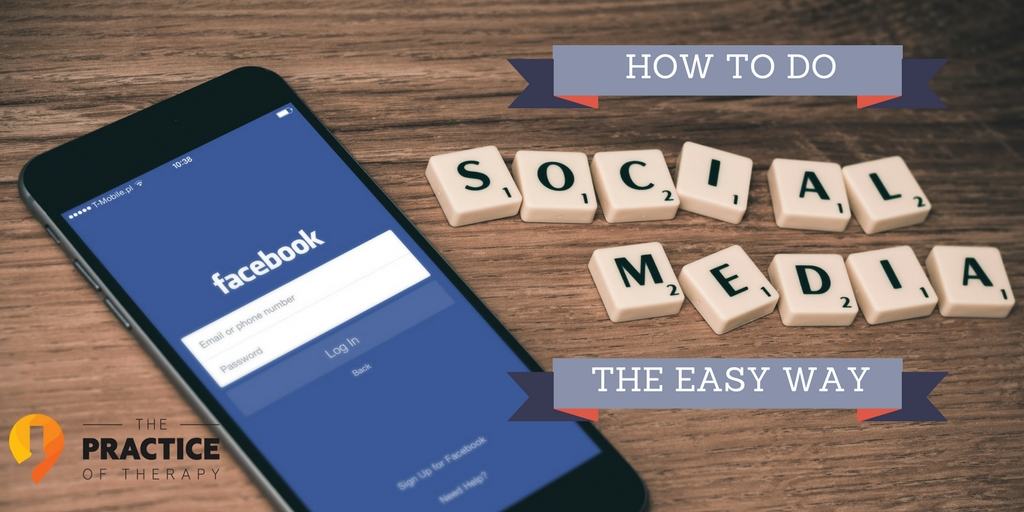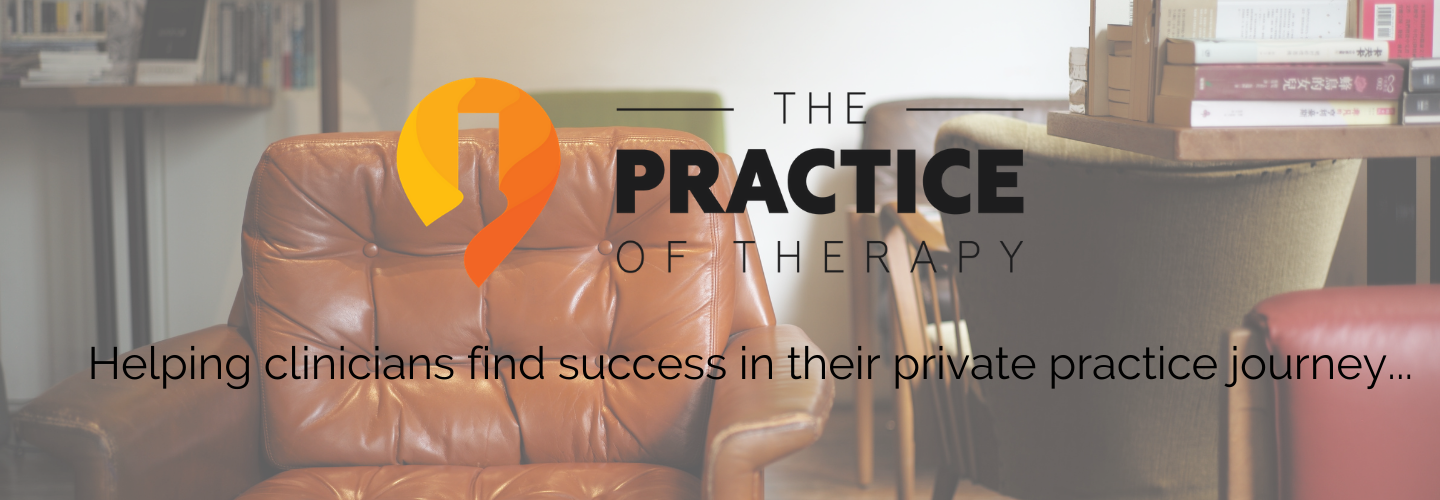 One of the things that is such an important part of marketing your private practice is to have a booming internet presence. Having a great website and social media presence are the two parts of the equation that help you get noticed when people are looking for your services. Having a good website is your first way of getting noticed online. You will need to focus on SEO (search engine optimization) in order to get your website ranked well with Google. To do this, the search engines need to know that you are offering and have relevant content that matches what people are looking for. The best way to do this is to start blogging to boost your SEO.
One of the things that is such an important part of marketing your private practice is to have a booming internet presence. Having a great website and social media presence are the two parts of the equation that help you get noticed when people are looking for your services. Having a good website is your first way of getting noticed online. You will need to focus on SEO (search engine optimization) in order to get your website ranked well with Google. To do this, the search engines need to know that you are offering and have relevant content that matches what people are looking for. The best way to do this is to start blogging to boost your SEO.
Social Media Presence
The second place to get that internet presence and get noticed is to be active on social media (Facebook, Twitter, Pinterest, LinkedIn, Instagram, etc.) and keep your social media feeds and posts filled with quality and relevant content. You want to have articles, videos, and photos in your posts that engage people and keep them coming back to your pages and posts. And if done well, your social media will drive people to your website as well.
Having original articles and content to put on social media is by far the best strategy. But realistically, this is very hard to do. Most of us can not spend several hours a day creating new content. This is especially true if you don’t have a system for getting new content created and posted. There is however a workaround or ‘hack for this!
Content Curation
One of the best ways I have found to keep new and interesting content in front of your potential clients is by using a concept called “content curation”. Content curation is simply the process of gathering information relevant to a particular topic or area of interest and re-posting or publishing it in your private practice social media. If you think about it, we do it all the time. We “Share”, “Pin” or “ReTweet” what someone else has posted on their social media pages every day. Content curation is much the same, but is done by collecting stuff from all across the internet on a particular subjects or interests.
But doing internet searches and finding the content you want to post on your private practice social media feeds is also time consuming. It would burn up a lot of your time and get to be overwhelming. So a great solution to this is using various apps to help you to automate and streamline this process. In other words you use two free apps to help do the process of posting for you. With just a little bit of time and effort each day or a few times a week, you can have a constant stream of quality content coming out on your private practice social media pages.
Social Media Management
There are any number of tools that you can use for this. Things like “Hootsuite”, “Social Pilot” and “Buffer” are three of the best known tools for social media management. Another one that a lot of people use is “MeetEdgar”. Social media management tools allow you to load content to be posted at a later date or on a schedule. Most of these tools have free versions that will let you do a limited number of scheduled posts. You can then link these tools with some RSS (“Really Simple Syndication”)feed tools.
There are any number of RSS feed tools as well. These are applications things like “Feedly”, “Flipboard”, “Google News”, etc. You would then use these tools to find articles and content to put into your social media management tools. The reason for using a tool like these is to help you narrow down categories to just the things you want to share or read.
Curation Tools
The two tools that I use to curate content for both The Practice of Therapy and my private practice social media pages are “Buffer” and “Feedly”. They are simple to use and they integrate well with each other. Both are free applications you can get in any of the app stores (Apple or Android). You can also get extensions to use them in Chrome, Safari and Firefox browsers.
What Feedly does is allow you to simply browse or read articles from blogs or feeds you select. I have selected several places in which I get articles I like to share. Like Psychology Today and Psych Central. I also read and follow other private practice consulting blogs like Practice of the Practice, Abundance Practice-Building, Selling the Couch, and Zynny Me, etc. Feedly allows you to browse, sort and categorize articles based on subjects or topics you define. So for example, in my Feedly I have categories for Private Practice, Business, Counseling, Psychology, Productivity, Blogging, etc.
As I browse articles and find the ones that I like or want to share, I then put them into Buffer to be posted later at a scheduled time. This process only takes me 10-15 minutes each day. I usually do it first thing in the morning while I am drinking my coffee and getting into the day. Also, as I am working during the day and maybe run across an article I like in any sort of research I am doing, I will often but it into my Buffer.
The free version of Buffer lets you link up to 3 social media accounts and then “buffer” up to 10 posts per account. As the Buffer empties throughout the day you can add more to keep it full. As was mentioned, Buffer lets you schedule when you want things to be posted on your social media feeds. You can either post things directly into Buffer, like your own original content. Or you can “curate” content using Feedly and Buffer together.
Having a booming internet presence does require creating new and interesting content to put on your website through blog posts and by being active on social media. Staying on top of keeping your social media pages up to date and full does not have to be time consuming. By using these two tools, or others like them, you can keep your private practice social media pages fresh and up to date with new information. And in the process of doing this, you might just learn some new stuff from the articles you read.
 By L. Gordon Brewer, Jr., MEd. LMFT – Gordon is the President and Founder of Kingsport Counseling Associates, PLLC. He is also a consultant and business mentor at The Practice of Therapy. Follow us on Twitter @therapistlearn. “Like” us on Facebook.
By L. Gordon Brewer, Jr., MEd. LMFT – Gordon is the President and Founder of Kingsport Counseling Associates, PLLC. He is also a consultant and business mentor at The Practice of Therapy. Follow us on Twitter @therapistlearn. “Like” us on Facebook.



